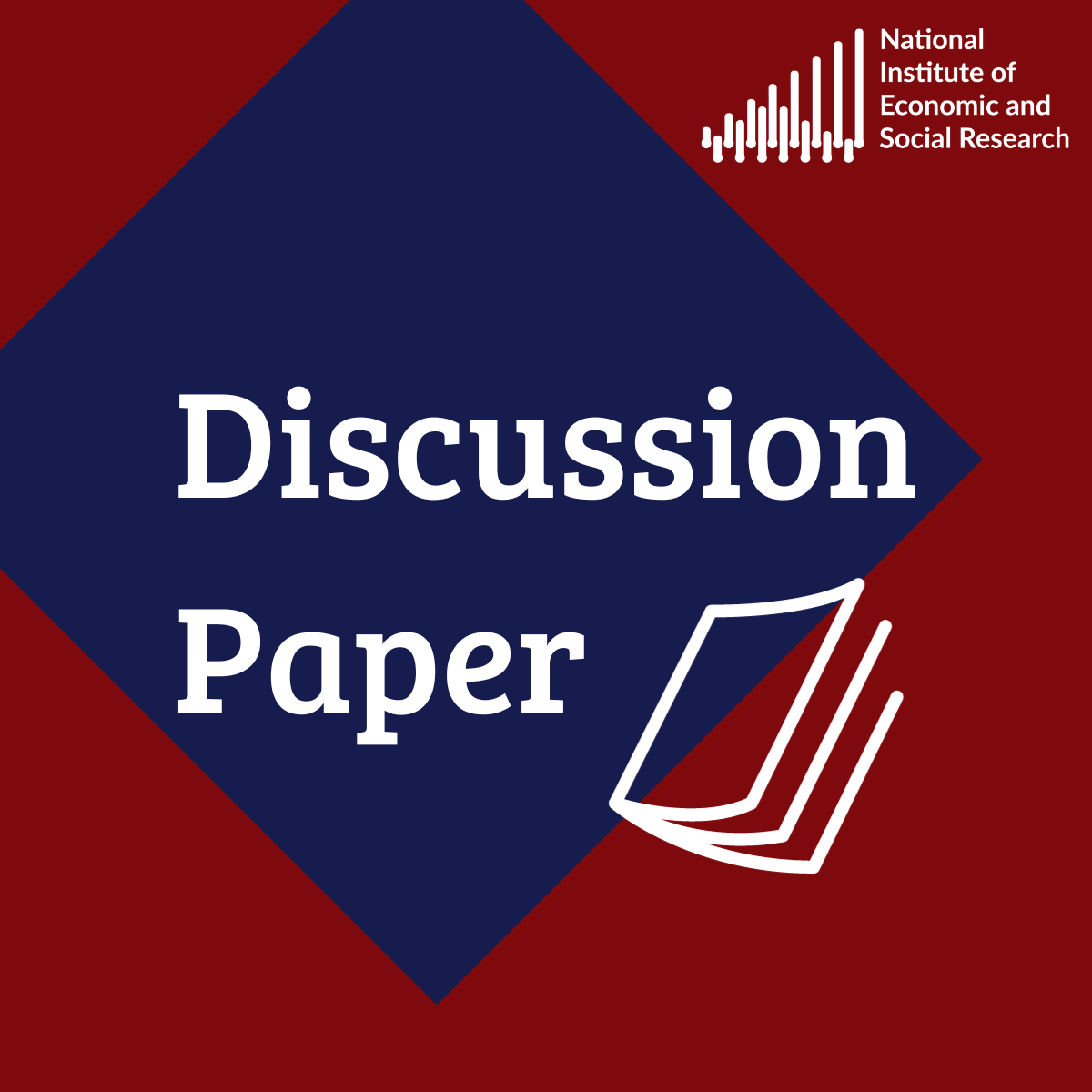- Home
- Publications
- Implementing Macroprudential Policy In NiGEM
Implementing Macroprudential Policy in NiGEM
 Pub. Date
Pub. Date
 Pub. Type
Pub. Type

External Authors

Carreras, O

Warren, J
Related Themes
Macro-Economic Dynamics and PolicyJEL Code
E58, G28
Paper Category Number
490
In this paper we incorporate a macroprudential policy model within a semi-structural global macroeconomic model, NiGEM. The existing NiGEM model is expanded for the UK, Germany and Italy¹ to include two macroprudential tools: loan-to-value ratios on mortgage lending and variable bank capital adequacy targets. The former has an effect on the economy via its impact on the housing market while the latter acts on the lending spreads of corporate and households. A systemic risk index that tracks the likelihood of the occurrence of a banking crisis is modelled to establish thresholds at which macroprudential policies should be activated by the authorities. We then show counterfactual scenarios, including a historic dynamic simulation of the subprime crisis and the endogenous response of policy thereto, based on the macroprudential block as well as performing a cost-benefit analysis of macroprudential policies. Conclusions are drawn relating to use of this tool for prediction and policy analysis, as well as some of the limitations and potential further research.
¹ The three EU countries where NiGEM has banking sector models incorporated
Related Blog Posts



Public Debt Sustainability and Fiscal Rules
Stephen Millard
Benjamin Caswell
05 Feb 2024
4 min read

Related Projects
Related News

Call for Papers: Lessons From Quantitative Easing & Quantitative Tightening
09 Feb 2024
1 min read



Related Publications

The Nature of the Inflationary Surprise in Europe and the USA
21 Mar 2024
Discussion Papers

Energy and Climate Policy in a DSGE Model of the United Kingdom
08 Mar 2024
Discussion Papers

Exploring Alternative Data Sources for Household Wealth Statistics
24 Jan 2024
Discussion Papers

Inflation Differentials Among European Monetary Union Countries: An Empirical Evaluation With Structural Breaks
20 Nov 2023
National Institute Economic Review
Related events

Assessing Cycles and Structural Changes in Markets

Business Conditions Forum

2022 Dow Lecture: The Economy and Policy Trade-Off





